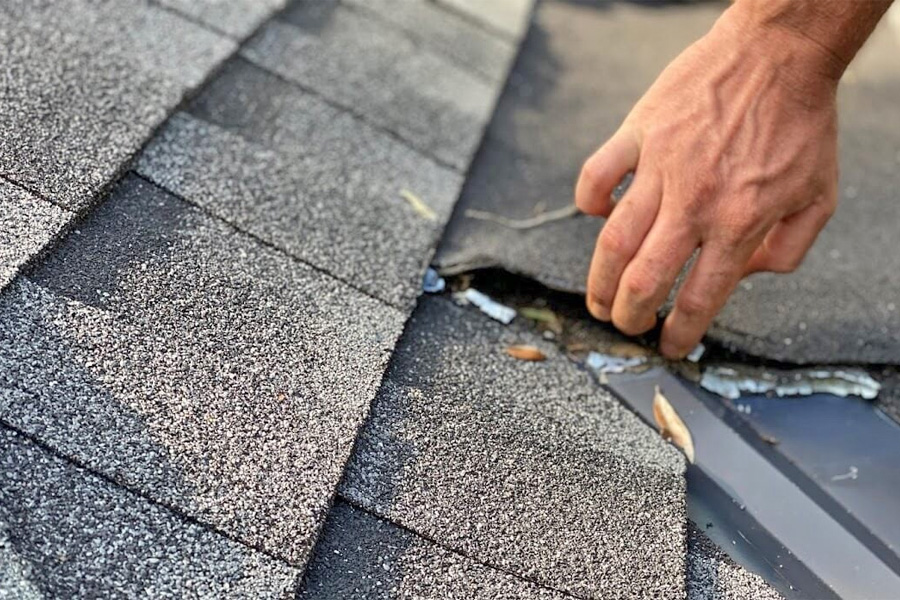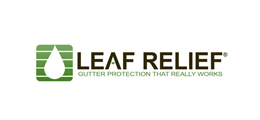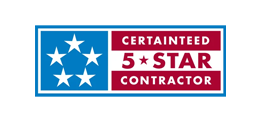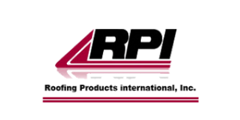A roof replacement can be a major financial investment, but many homeowners insurance policies can help cover the cost if the damage meets certain criteria. Understanding the process of filing a claim and ensuring you meet your insurer’s requirements can make the difference between an out-of-pocket expense and a covered replacement.
This guide will walk you through how to get insurance to pay for roof replacement, including essential steps, common challenges, and tips to improve your chances of approval.
1. Understand What Your Insurance Policy Covers
Before filing a claim, familiarize yourself with the details of your homeowners insurance policy. Most policies cover sudden or accidental damage but exclude wear-and-tear or damage caused by neglect. The key coverage types that typically apply to roof claims include:
- Dwelling Coverage: Covers the structure of your home, including the roof, from perils like storms, fire, and hail.
- Wind and Hail Damage: Some policies provide specific coverage for these weather events, which are among the most common causes of roof damage.
- Exclusions: Many insurers exclude roof damage caused by lack of maintenance, pests, or older roofs that have exceeded their expected lifespan.
It’s essential to review your policy’s deductible – the amount you’ll pay out of pocket before insurance kicks in. If the cost of roof repair or replacement is less than your deductible, filing a claim won’t benefit you.
2. Document the Damage Immediately
Once your roof has been damaged – whether by a storm, fallen tree, or another covered event – document the damage as soon as it is safe to do so. Thorough documentation strengthens your case when filing a claim.
- Photographs and Videos: Take clear pictures and videos of all visible damage, including missing shingles, dents, leaks, or debris on the roof.
- Interior Damage: If the roof damage has caused water leaks or other issues inside your home, photograph that damage as well.
- Date the Incident: Record the date and time of the event to show it aligns with a covered peril. Weather reports or news articles confirming storms in your area can support your case.
This documentation will be crucial when the insurance adjuster evaluates your claim, as it helps prove that the damage was sudden and covered by your policy.
3. Arrange for a Professional Roof Inspection
Even if you have documented the damage yourself, hiring a licensed roofing contractor to perform an inspection can add credibility to your claim. Many contractors offer free or low-cost inspections and will provide a detailed report outlining the damage, including:
- The extent and type of roof damage
- Immediate repairs needed to prevent further deterioration
- A cost estimate for roof replacement
A contractor’s report not only helps justify your claim to the insurance company but also ensures that all damage, including hidden issues, is properly identified. Be sure to select a reputable contractor who has experience working with insurance claims.
4. Contact Your Insurance Company Promptly
After the damage has been documented and inspected, contact your insurance company to initiate the claims process. Most policies require you to report damage within a specific timeframe, so don’t delay.
When contacting your insurer:
- Provide Details: Be ready to describe the event that caused the damage, along with the date and time.
- Offer Documentation: Inform the insurance representative that you have photos, videos, and inspection reports available.
- Request an Adjuster Inspection: The insurance company will typically send an adjuster to assess the damage firsthand.
Filing a claim promptly shows that you are taking the necessary steps to mitigate further damage, which strengthens your case.
5. Meet with the Insurance Adjuster
The insurance adjuster’s visit is one of the most critical steps in the claims process. Their evaluation will determine how much the insurance company is willing to pay for the repairs or replacement.
- Have Your Contractor Present: If possible, arrange for the roofing contractor to be present during the adjuster’s inspection. They can point out damage that the adjuster might miss and advocate for a full roof replacement if necessary.
- Provide Documentation: Give the adjuster access to your photos, videos, and inspection report to back up your claim.
- Ask Questions: Make sure you understand the adjuster’s findings and clarify any concerns or discrepancies.
The adjuster’s report will directly impact whether your claim is approved or denied, so this step requires close attention.
6. Negotiate if Necessary
If the insurance company’s initial offer is lower than expected or doesn’t cover the full cost of roof replacement, you have the right to negotiate. Common reasons for disputes include disagreements over the extent of the damage or whether a replacement is necessary.
- Request a Reinspection: If you believe the adjuster missed something, you can ask for a reinspection or appeal the decision.
- Get Multiple Contractor Estimates: Having several estimates from different contractors can support your case and provide leverage in negotiations.
- Hire a Public Adjuster: In some cases, hiring a public adjuster to represent you can be beneficial. Public adjusters work independently of the insurance company and can help ensure a fair settlement.
Persistence during the negotiation process can increase your chances of getting the full amount needed for roof replacement.
7. Consider Temporary Repairs
If your roof damage is severe, it may require immediate attention to prevent further issues, such as leaks or structural problems. Insurance companies expect homeowners to take reasonable steps to mitigate damage.
- Document Temporary Repairs: Keep receipts and take photos of any temporary repairs you make, as insurers will often reimburse these costs.
- Use a Trusted Contractor: Ensure that temporary repairs do not interfere with the claims process or make permanent repairs more difficult.
By addressing immediate concerns, you show the insurance company that you are acting responsibly and in good faith.
8. Know When to Escalate the Claim
If your claim is denied or you receive an inadequate payout, you may need to escalate the matter. Options for challenging a claim denial include:
- Reviewing Your Policy: Make sure you understand the specific reasons for denial and confirm whether the decision aligns with your policy’s terms.
- Filing an Appeal: Most insurance companies have an internal appeals process you can follow to dispute a claim denial.
- Seeking Legal Assistance: If your insurer acts in bad faith or violates state laws governing insurance practices, you may need to consult with an attorney specializing in insurance claims.
While escalation should be a last resort, it can be necessary if the insurer fails to meet its obligations under your policy.
9. Prevent Future Issues with Proper Roof Maintenance
Even if you successfully secure insurance coverage for your roof replacement, maintaining your new roof is essential to avoid future claims being denied.
- Regular Inspections: Schedule annual roof inspections to catch issues early and keep your roof in top condition.
- Clean Gutters and Downspouts: Proper drainage prevents water from accumulating on the roof, which can lead to damage over time.
- Address Minor Issues Quickly: Fixing minor problems promptly can extend the life of your roof and prevent costly repairs down the line.
Some insurers offer discounts or incentives for homeowners who proactively maintain their roofs, which can lower your premium in the long run.
Conclusion
Getting insurance to pay for a roof replacement requires preparation, documentation, and persistence. By understanding your policy, documenting the damage, working with reputable contractors, and negotiating effectively, you can increase the likelihood of a successful claim. Acting quickly and following through with each step ensures that your roof replacement will be covered, alleviating the financial stress and restoring your home’s protection.




















